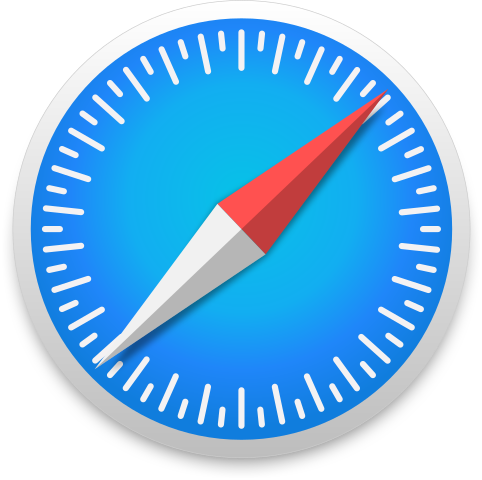Discussing Space, with Carlos Placido.
Manage episode 462636030 series 3579188
In this episode I speak with Carlos Placido, a well known and respected independent consultant in satellite communications, about the evolving landscape of space-based communications.
We discuss the significance of tools like NCAT (Non Geo Constellation Analysis ToolKit) for analyzing satellite constellations, the opportunities presented by direct-to-device communication, and the role of IoT in enhancing connectivity.
Carlos discusses the importance of multi-orbit broadband solutions, the future of satellite constellations, the impact of AI on the space sector, the need for standards in satellite communications and the key players to watch in the industry, including Amazon and SpaceX.
We wrap it up with predictions for the future of the space sector in 2025.
Chapters
00:00 The Evolution of Satellite Communications
01:56 Understanding NCAT and Its Applications
04:42 Direct-to-Device Opportunities
07:18 Challenges in Direct-to-Device Technology
10:15 The Future of IoT and Satellite Communications
13:30 Exploring Multi-Orbit Solutions for Broadband
15:49 Understanding Satellite Shells and Their Importance
17:27 The Need for Resiliency and Redundancy in Satellite Networks
20:08 The Future of Satellite Constellations and Competition
21:50 The Role of Data Centers in Space
23:56 AI's Impact on the Space Sector
25:31 Advancements in Satellite Terminals and Standards
28:40 Predictions for the Future of Space Technology
Glossary for this issue:
Ku-band: Portion of the electromagnetic spectrum from 12-18 GHz used for satellite communications and broadcasting
Ka-band: Frequency range from 26.5-40 GHz used for high-bandwidth satellite communications and internet services
L-Band: Frequency range from 1-2 GHz used for satellite navigation, mobile communications, and reliable long-distance transmissions
S-Band: Frequency range from 2-4 GHz commonly used for weather radar, satellite communications, and spacecraft telemetry
Orbital Shell: Specific altitude band around Earth where satellites and other objects are placed in orbit
Inclination: Angle between a satellite's orbital plane and the Earth's equatorial plane
Carlos can be found on LinkedIn
Make sure to check out Jason's Industry Insights, the newsletter
Follow, Like and Share. Please!
4集单集




